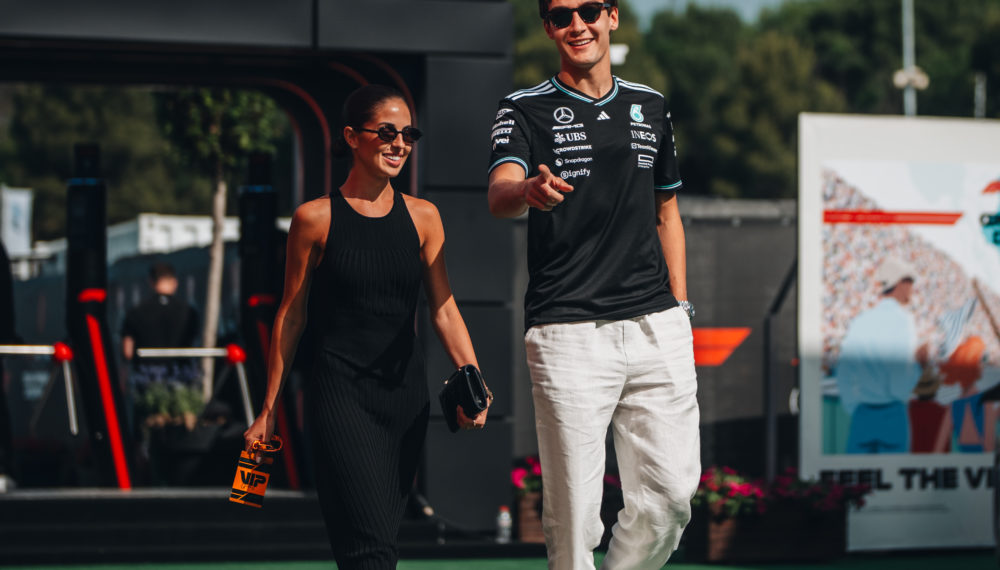Steering, changing gear, pushing buttons – Nico and Michael had to make over 200 inputs per lap during the Monaco Grand Prix while negotiating their way through the narrow streets of the principality. But what did a Silver Arrow cockpit look like in the early years of the Formula One World Championship?
Back in 1955, as many as four Mercedes-Benz drivers took the wheel of the Mercedes W 196 for the Monaco Grand Prix. Alongside Juan Manuel Fangio were André Simon, Hans Herrmann and Stirling Moss. Fangio was the fastest man on the street circuit, taking pole position and setting the fastest lap of the race.
While today’s Formula One driver sits virtually horizontal in his Silver Arrow, his 1950s counterpart would have sat upright behind the wheel, pretty much as if on the living room sofa. His legs were spread wide to reach the pedals positioned on the far left (clutch) and far right (accelerator, brake) of the substantial transmission tunnel. The seat consisted of various upholstered elements which could be individually tailored to each driver – not quite the moulded carbon bucket they get now!
Initially, the fabric came in a blue, yellow and orange check pattern, but over the years, this gave way to green and red checks. Incidentally, MERCEDES GP PETRONAS revived the traditional check pattern for the 2010 team presentation in Stuttgart. Likewise the name – the ‘W’ in MGP W01 and MGP W02 stands for ‘Wagen’ (the German word for ‘car’) just as with previous Silver Arrows.
The W 196 had a compact steering gear with a Daimler-Benz worm-and-wheel unit. This was mounted on top of the frame. The lack of a push rod meant that the steering axis was relatively long. Steering motion was transferred in the ratio 12.65 to 1. The steering wheel had four spokes (only Stirling Moss used a three-spoke steering wheel, purpose built by Mercedes) and a wood-clad aluminium core.
The focal point of the dashboard (somewhat Spartan by modern standards) was the rev counter, where the red zone began at 8,750 revs. Apart from that, there were only two or three analogue displays to update the driver on the temperatures of the main systems – that was basically it. The W 196 had none of the 32 individual functions incorporated into the steering wheel of a modern MGP W02.
You would also look in vain for KERS, DRS and an adjustable differential in the W 196, but there were still some very clever systems: in those days, the driver could manually adjust his suspension halfway through the race to improve ride and handling. To do this, he would reduce oil pressure in the shock absorbers, thereby reducing the harshness of the ride as well as readjusting the wheel camber. This helped to keep the handling consistent as the fuel load became lighter.
Source: MERCEDES GP PETRONAS







